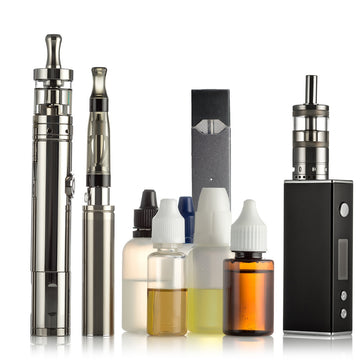Vaping is the act of inhaling and exhaling the vapor produced by an electronic cigarette or similar device. These devices typically heat a liquid, which can contain nicotine, flavorings, and other chemicals, to create an aerosol that is inhaled.
Vaping has become a popular alternative to smoking in recent years, with many people claiming that it is a safer and healthier option. However, there is still much that is unknown about the long-term effects of vaping, and the World Health Organization has warned that it is not a risk-free alternative to smoking.
One concern about vaping is that the vapor produced by these devices can contain potentially harmful substances, including metals, flavorings, and other chemicals. Some studies have found that the levels of these substances in vapor can be higher than in tobacco smoke, although the overall health risks are not yet clear.
Another concern is that vaping can be addictive, as many e-liquids contain nicotine. While nicotine itself is not a particularly harmful substance, it can be addictive and can contribute to the development of other health problems, such as heart disease and high blood pressure.
Despite these concerns, some people may still choose to vape as a means of quitting smoking or as a less harmful alternative to tobacco. If you do decide to vape, it is important to use caution and to carefully consider the potential risks and benefits. For example, you may want to choose e-liquids that are nicotine-free or that have a lower nicotine content, and you should avoid using any devices or e-liquids that have not been properly tested and regulated.
Overall, more research is needed to fully understand the risks and benefits of vaping. In the meantime, it is important to be aware of the potential dangers and to make informed decisions about whether or not to use these devices.































